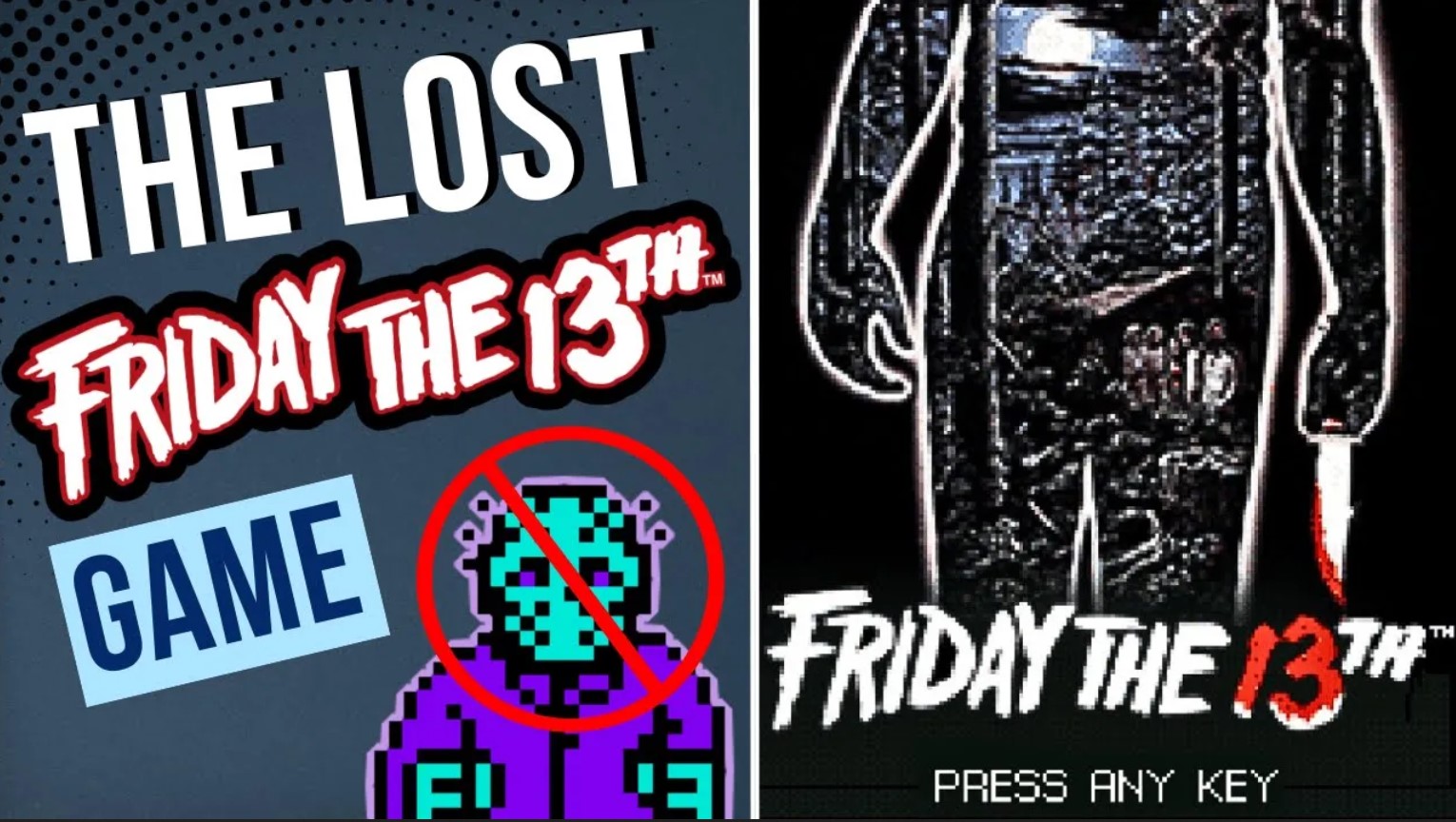“I won’t be sent away again.”
Horror is a unique genre in that almost every single entry in the canon can be interpreted as a metaphor for something. The Shining is about alcoholism, The Babadook about grief, Alien about rape. Most often, these metaphors are not well-hidden, nor are they meant to be. We use monsters and possessions and hauntings to grapple with those thorny parts of life that don’t make any sense. Lights Out is even less subtle than those other films I mentioned. It is, at times, a potent – and scary – film about the trial of living with someone suffering from psychosis or depression (the metaphor gets a bit muddled at times, if we’re being honest). Subtlety be damned, when it works, it works very well.
One of the pleasures of Lights Out – based on a short film the director, Shazam‘s David F. Sandberg, made in 2011 – is that it wastes zero time in introducing us to the malevolent entity at its core. I’m talking scene one/cold open, which isn’t unusual for horror movies; what’s unusual about Sandberg’s approach is that he shows us the monster and from then on she’s part of the fabric of the film. The cold open is solid, even if it does work on specious horror-movie logic involving a textile factory that stays open late at night, lit by as few lights as possible. It’s here that we meet Paul, whose wife is not doing well, and it’s here that we meet Diana, who wants to ensure that his wife gets worse. Lights Out has one gimmick, but the good thing about is that it works every damn time. Diana only exists in the dark, and as lights are flicked on and off she gets closer, hunched over like a feral cat. Sandberg is thus able to weaponize the darkness itself, and tell us – and his characters – in no uncertain terms that you are almost never alone in a dark room.

One of the film’s earliest stumbling blocks is, unfortunately, its protagonist, Becca. She gets better as the movie progresses, but as far as first impressions go, hers isn’t great. Lights Out tries too hard to make her cool, down to her walk-up above a tattoo parlor (replete with red neon streaking into her room, reminding one of that Seinfeld episode). She has commitment and abandonment issues, but Teresa Palmer’s middling performance doesn’t convey that, and as a result she comes off as hostile and dismissive. She warms up to her kid brother, Martin, though, as she has to take him during one of her mother’s depressive episodes.
Martin is the kind of too-perfect child who only really exists in fiction. Armed with the obligatory movie-kid hair helmet, Martin is selfless, wise beyond his years, and empathetic. Not to say that kids can’t possess those qualities, but Martin doesn’t really have any flaws. At least the kid in The Babadook was a maniac. This, like Becca’s issues, is not the fault of the actor (Gabriel Bateman), but the writing. Martin is our emotional entry point into the story, so it makes sense that you’d want to make him as sympathetic as possible, but the script goes too far and makes him basically flawless. He’s still leagues more interesting than Alexander DiPersia as Bret, Becca’s lovestruck boyfriend whose only personality trait seems to be being in love with Becca.

Luckily, Maria Bello is here to walk away with the entire movie. Bello plays Sophie, Becca and Martin’s mother, who is a conduit for Diana’s presence. The origins of Diana are too murky by half, but Bello anchors the supernatural aspects of the film with a manic matter-of-factness. Some of the movie’s most disquieting scenes involve Sophie treating Diana just as a part of her life. Martin walks in on Sophie talking to herself, and Sophie asks “Did we wake you?” Later, while the two watch a movie, Sophie casually gets up and shuts off the lights, allowing Diana to crawl up behind Martin while Sophie tries to reassure her terrified son. It’s a solid performance of someone who has lost not only their grip on reality, but their entire perception of it. But Sophie isn’t crazy; she’s not Jack Torrance in The Shining. There’s a significant level of tragedy in Bello’s performance which keeps her from turning into a boogeyman, or into Diana’s accomplice.
At the end of the day Lights Out is a mixed bag, with a message at the end that could be interpreted as pretty harmful. (I think in the context of the story it plays fine, but your mileage may vary.) The performances, save for Bello, are largely okay, but not anything more than that. Ultimately, what we’re concerned with here at 31 Days of Fright is if a movie is scary or not. On that front, Lights Out delivers. This was my third time watching this movie and it still scared me. If you ignore everything else I just wrote, remember that.




